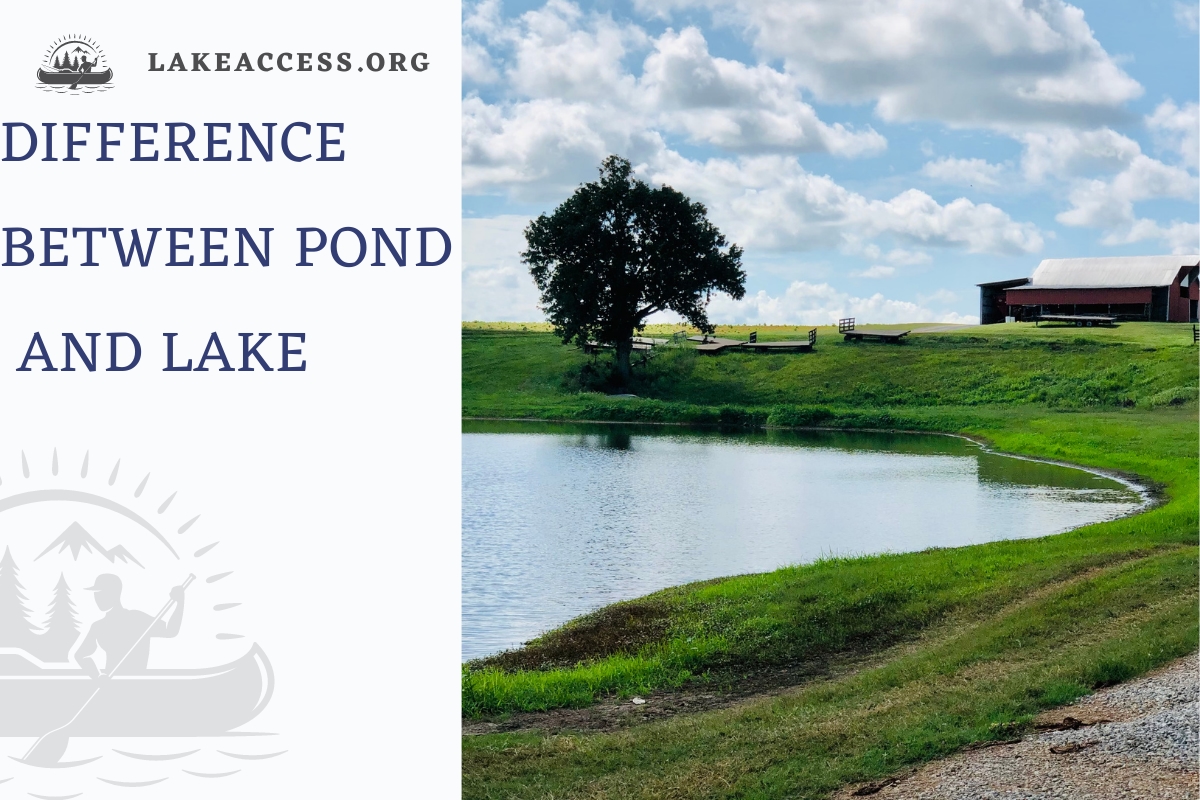When it comes to bodies of water, the terms “lake” and “pond” are often used interchangeably. However, is there really a difference between the two? While no strict scientific definition exists to differentiate between a lake and a pond, some general characteristics can help distinguish one from the other. In this article, we’ll explore the similarities and differences between lakes and ponds and what factors can influence their classification.
What Is a Lake?
A lake is a vast body of water surrounded by land. It is formed by the accumulation of water from various sources, such as rain, rivers, glaciers, or seawater, in a naturally formed, degraded part of the land. A lake can also be artificially constructed for various purposes such as hydroelectric power generation, industrial or agricultural use, domestic water supply, or recreational activities. Lakes can be open or closed, depending on whether their water flows through a river or any other suitable outlet. They are usually deeper than ponds and are often fed by rivers or streams. Lakes are home to diverse plant and animal life, making them ecologically significant. While there are no specific size requirements for defining a body of water as a lake or pond, a lake is generally considered larger than a pond.
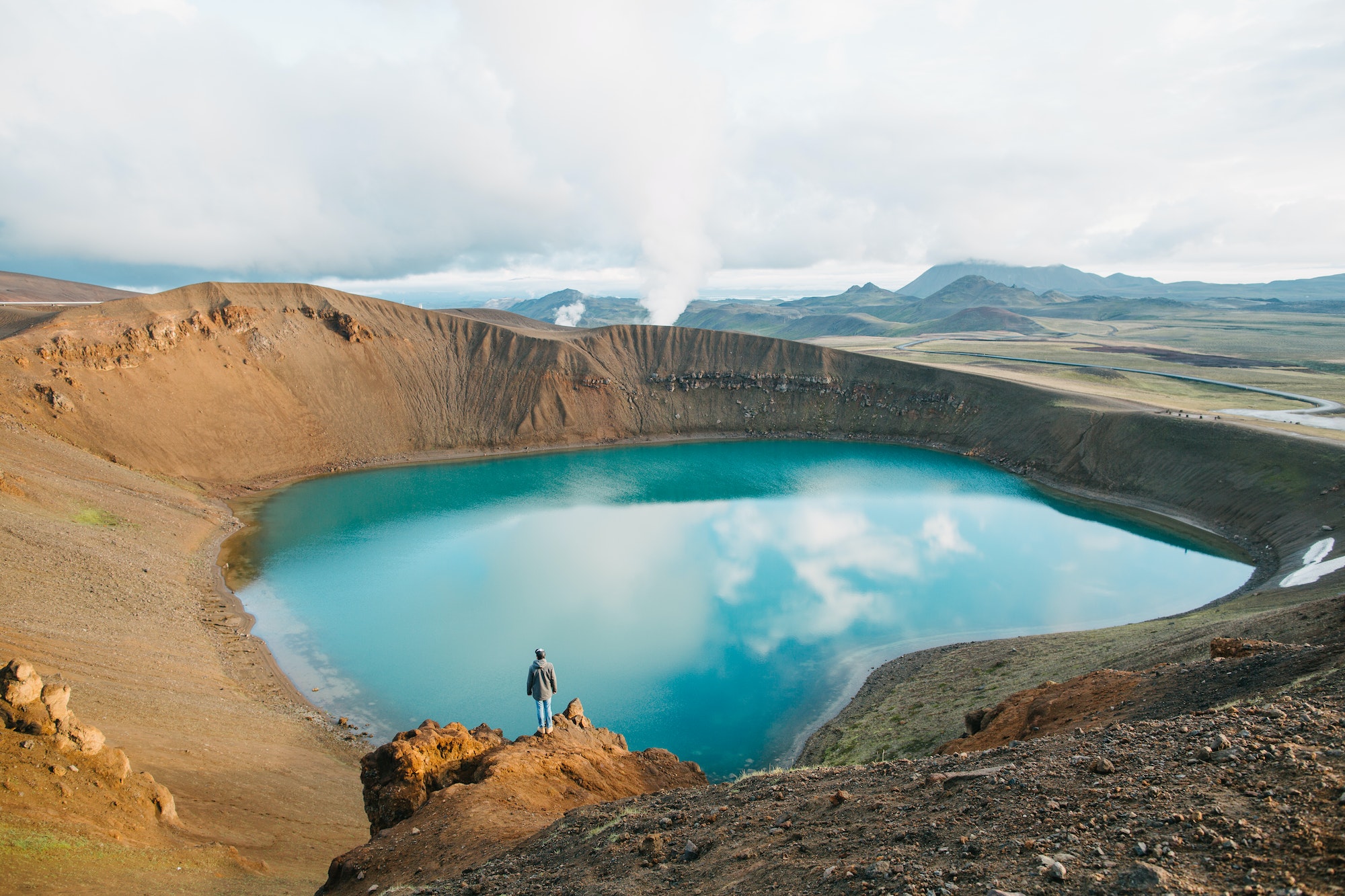
What Is a Pond?
A pond is a stable body of freshwater that is smaller in size than a lake. It can be natural or artificially constructed for various purposes, such as habitat restoration, fish breeding, and decoration. Ponds are characterized by shallow water surrounded by land, and the depth is usually around 1.8 meters. Unlike rivers or streams, water in ponds is stagnant and does not flow. The amount of oxygen in the deep bottom of the pond is low, and the bottom is covered with silt. Ponds can be distinguished from lakes based on the size, land surrounding the pond, and the depth of the water body.
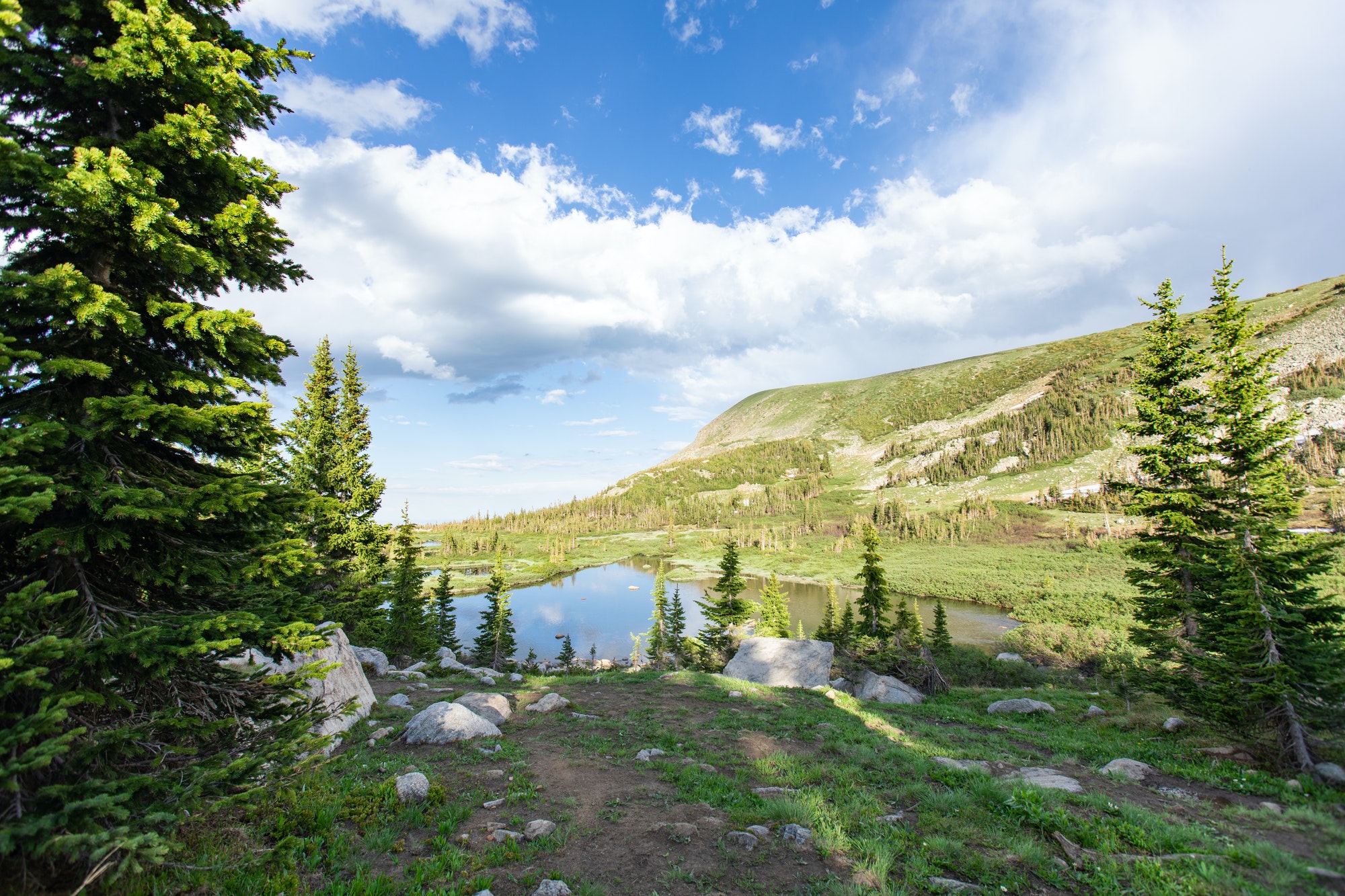
Differences between lakes and ponds
Size, Depth, and Volume
Lakes and ponds are two types of bodies of water that differ in size, depth, and volume. While there is no set area that dictates the difference between them, the National Oceanic and Atmospheric Administration (NOAA) has provided guidelines. A pond is a body of water with a surface area of less than 0.5 acres and a depth of less than 20 feet, while a lake is bigger than 1 acre. Lakes tend to be deeper than ponds and are generally oval with peninsulas, whereas ponds usually have rounded edges. Lakes can contain some amounts of salt water, while ponds are freshwater. While the terms are often used interchangeably, their proper identification should aid in their conservation.
Ecological Distinctions
Ponds and lakes are both bodies of still fresh water that can either occur naturally or be constructed by humans. Although there is no precise measurement to define the difference between the two Lakes, according to most limnologists, they have a bigger surface area and deeper depth than ponds. The significant difference between ponds and lakes comes down to ecology. Ponds are shallower, which allows sunlight to easily reach their floors, resulting in greater and more diverse plant growth and wildlife. In contrast, lakes are deeper, making sunlight harder to penetrate the water, leading to less plant growth. The size, depth, water flow, and nutrient levels of ponds and lakes impact the plant and animal life that can thrive in each body of water, with ponds typically having more diverse flora and fauna due to their shallower depth and greater sunlight penetration.
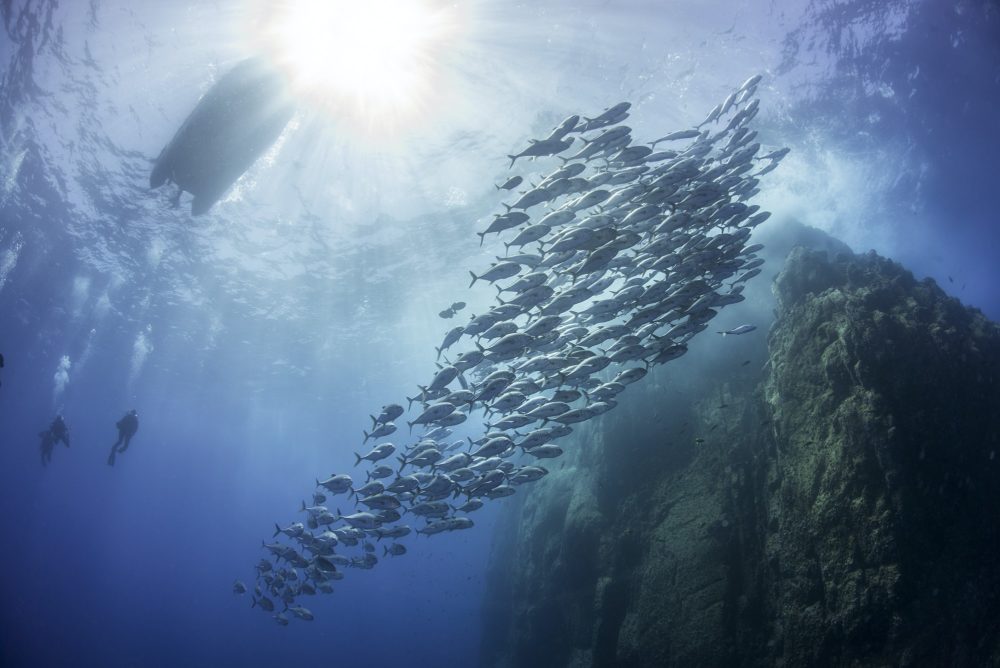
Water Source
Lakes and ponds are both bodies of still freshwater, but they differ in their origins and overall characteristics. Ponds are generally small and enclosed, and they are often created by rainwater or runoff from nearby land. As a result, they tend to have shallower depths and more diverse plants and wildlife. Lakes, on the other hand, are larger and more open, and they can be formed by various sources, including glaciers, tectonic activity, or human-made dams. Lakes are generally deeper than ponds and can contain some amounts of salt water. Due to their larger size and deeper depths, lakes tend to have less diverse plants and wildlife compared to ponds.
Nutrient Levels
Nutrient levels in lakes and ponds differ based on their depth and size. Lakes have higher nutrient levels due to their larger surface area and deeper water. The deeper areas of lakes, called aphotic zones, are unable to support plant growth due to a lack of sunlight, resulting in an accumulation of nutrients at the bottom. These nutrients can cause algae and other aquatic plants to proliferate, negatively impacting water quality and aquatic life.
Ponds, however, have a smaller surface area and are shallower, allowing sunlight to reach the bottom of the pond. This results in a more consistent ecosystem, with rooted plants, pond weeds, and algae that support aquatic life. Overall, the nutrient levels in ponds tend to be lower than in lakes due to their smaller size and shallower depth.
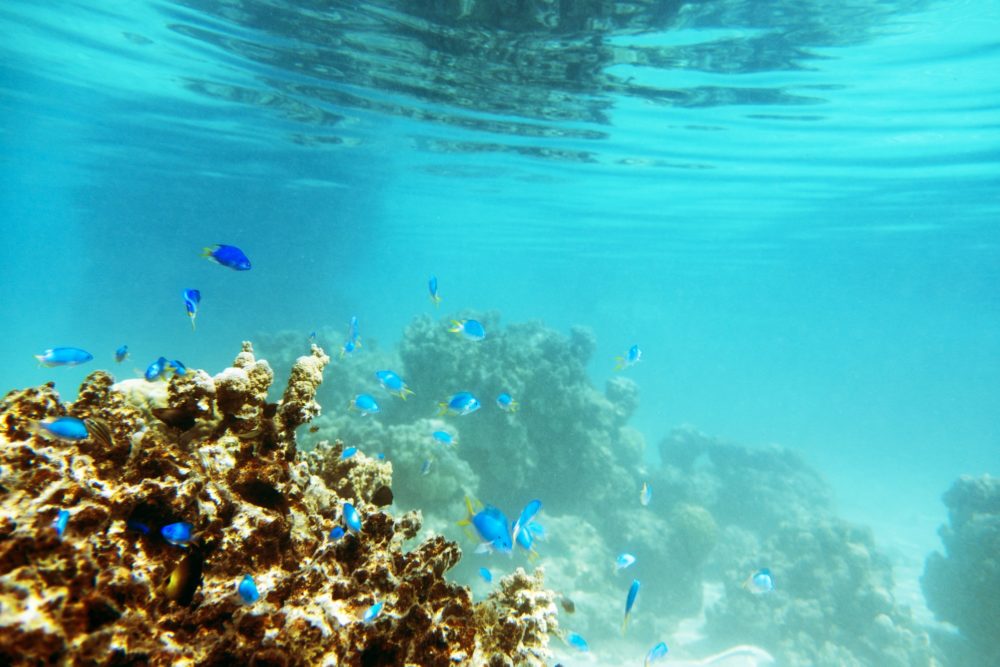
Human Use
Humans use lakes and ponds for a variety of purposes, but there are some critical differences in their uses. Generally, lakes are larger and deeper, therefore more suitable for recreational activities such as boating, fishing, and swimming. They may also be used for commercial purposes such as hydroelectric power generation or as a source of drinking water. Specific examples of lakes used for recreational activities include Lake Tahoe in California and Lake Michigan in the United States.
On the other hand, ponds are typically smaller and shallower and are often used for more personal or domestic purposes such as landscaping or as a backyard swimming spot. They may also be used for agricultural purposes such as fish farming or irrigation. Specific examples of ponds used for personal purposes include koi ponds and swimming ponds.
Human activities can impact lakes and ponds differently. For example, pollution from agricultural runoff or urban development can significantly impact ponds due to their smaller size and shallower depth. In contrast, larger lakes may be able to absorb some of the impacts.
Benefits of having a lake rather than a pond
1. Larger Surface Area for Increased Biodiversity
When it comes to bodies of water, larger is often better. Lakes, with their larger surface areas, offer numerous advantages over ponds. One of the biggest benefits of having a lake is the increased biodiversity it can support. With more water and more varied habitats, lakes can support a greater variety of aquatic life than ponds. This includes everything from small invertebrates to large fish and even mammals like beavers and alligators.
Larger bodies of water also tend to have more varied and complex ecosystems. For example, lakes have multiple thermal strata, each with unique environmental conditions and inhabitants. This diversity can lead to a more stable ecosystem. Overall, different species can fill different roles and help balance each other out.
2. Greater Ability to Support Aquatic Life
Lakes offer a unique ecosystem that is more hospitable to a diverse range of aquatic species than ponds. Due to their depth, lakes have sunless zones where carnivorous organisms can thrive, creating a distinctive ecosystem. This ecosystem is home to a variety of fish, including Sturgeon, bluegill, bass, catfish, and sunfish. Aquatic plants are a key source of dissolved oxygen, which is necessary for fish survival, and they also provide a structure for macroinvertebrates and algae to grow on, in addition to providing cover for fish. The greater diversity of aquatic life in a lake environment can benefit a property’s aesthetic appeal and ecological health. Lakes also provide homes for many birds and animals, including bats, mink, turtles, alligators, and beavers.
3. Greater Ability to Absorb Sunlight
Lakes have a greater ability to absorb sunlight compared to ponds due to their larger surface area and greater depth. The deeper areas of lakes, known as aphotic zones, are perpetually dark due to the inability of sunlight to reach them. This creates a distinctive ecosystem populated exclusively by carnivorous organisms. In contrast, ponds are typically shallower, allowing sunlight to penetrate their floors at all points. This supports a more consistent ecosystem than lakes, including rooted plants and pond weeds, algae, and phytoplankton. Regardless of the surrounding climate, ponds feature only one thermal zone, though the character of that zone may change with the seasons.
4. Greater Ability to Absorb Nutrients and Chemicals
Lakes have a greater ability to absorb nutrients and chemicals than ponds due to their larger size and deeper water column. The deeper zones of lakes are devoid of sunlight, preventing the growth of algae and phytoplankton, which consume nutrients. Additionally, lakes have multiple thermal strata during summer months, allowing for the separation of nutrients and oxygen. This means that the deeper layers of the lake can absorb nutrients without affecting the surface layer where aquatic life resides. In contrast, ponds are shallower and have a more consistent ecosystem, making them more susceptible to nutrient overloading and chemical contamination.
5. Larger Storage Capacity for Water
Lakes have a larger water storage capacity than ponds due to their size and depth. Lakes are much larger in size than ponds and can vary greatly in depth, while ponds are typically shallower, with a maximum depth of around 1.8 meters. This allows lakes to store more water, making them a significant benefit for communities that rely on them for drinking water, irrigation, and recreational activities. For example, the largest lake in the world, the Caspian Sea, has a surface area of 143,000 square miles and a maximum depth of 3,360 feet. In contrast, the smallest lake in the world, Benxi Lake in China, has a surface area of just 15 square meters and is directly linked to a subterranean river system.
6. Greater Ability to Absorb Heat
Lakes are more able to absorb heat than ponds due to their greater depth and thermal stratification. As lakes are deeper, they have layers of water that vary in temperature, with a warm layer on top, a cold layer at the bottom, and a layer of varying temperature in between called the thermocline. This allows lakes to absorb and store more heat than ponds, which have a uniform temperature throughout. According to Limnology, the study of freshwater ecosystems, a water body is considered a lake if it has three distinct layers, while a pond has only one or two weakly defined layers. This scientific evidence supports the claim that lakes have a greater ability to absorb heat compared to ponds.
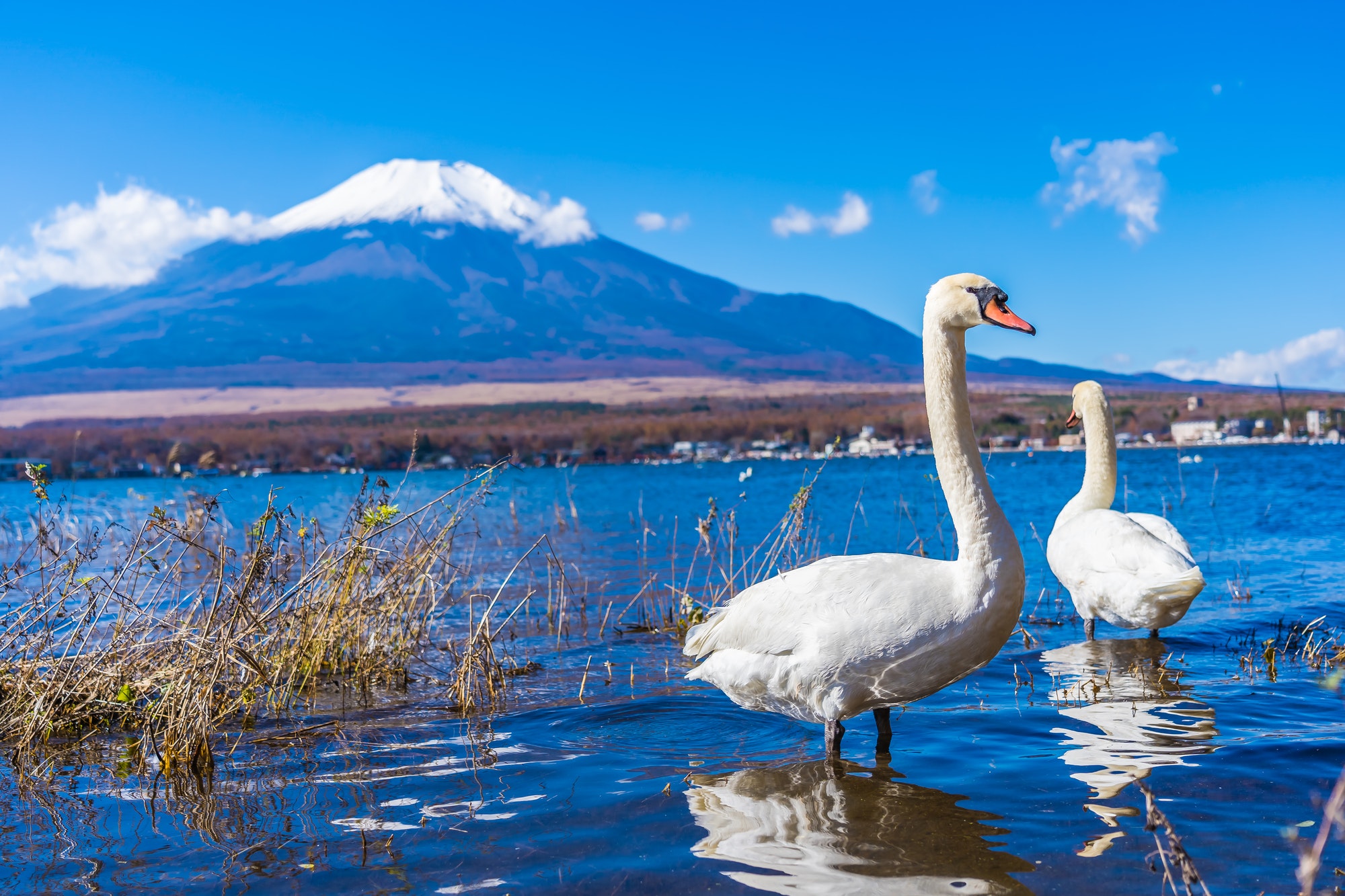
FAQs
What are the main differences between a lake and a pond?
The main differences between a lake and a pond lie in their size, depth, and the types of plants and animals that thrive in each. Generally, lakes are larger and deeper than ponds, which are usually shallower and smaller bodies of water. Sunlight can reach the bottom of a pond, allowing for plant growth on the surface and at the bottom, while lakes are too deep for sunlight to reach the bottom. As a result, ponds are home to a wider variety of plants and animals, including frogs, turtles, fish, snakes, and birds. In contrast, lakes host creatures like crocodiles and platypus. The temperature in ponds is also generally more uniform than in lakes, which can experience temperature variations due to tributaries flowing into them. While there are no scientific criteria for defining what constitutes a pond versus a lake, these differences can help distinguish between the two.
What are the similarities between a lake and a pond?
Ponds and lakes are both inland bodies of freshwater that contain living creatures. Although they may look similar, there are some differences. Here are some similarities between a lake and a pond:
Both are bodies of freshwater that contain living creatures.
Both can have plants and animals living in them.
Both can be used for recreational activities like fishing and swimming.
Both can be important habitats for wildlife.
How is the size of a pond related to that of a lake?
Ponds and lakes are both bodies of water, but there are differences in their size and depth. According to the National Oceanic and Atmospheric Administration (NOAA), a pond is a body of water less than 0.5 acres in area or less than 20 feet in depth, while a lake is defined as a body of water bigger than 1 acre. However, the two have no scientific differences, as the terms lake and pond are arbitrary and not based on any naming convention. Therefore, the most widely accepted standards to differentiate these two terms are size and depth distinctions, with a lake being larger and deeper than a pond.
What effect does sunlight have on a lake or pond?
Sunlight plays a crucial role in the ecosystem of a lake or pond. The depth of the water body determines how much sunlight reaches the bottom. Ponds are typically shallow enough to allow sunlight to penetrate the entire water body, supporting a consistent ecosystem with rooted plants, pond weeds, algae, and phytoplankton. In contrast, lakes are usually much deeper, and sunlight cannot reach the bottom in most places, creating an aphotic zone where no plants, phytoplankton, or algae grow. This makes the lake ecosystem very different from ponds, as the aphotic areas are populated solely by carnivorous organisms. The effect of sunlight on a lake or pond determines the type of aquatic life that can thrive in the water body.
How does the ecosystem of a lake or pond differ?
The main difference between a lake and a pond is depth, which significantly affects the ecosystem. Ponds are shallower and have a consistent ecosystem throughout, with the entire area being a photic zone where sunlight reaches the bottom. This allows for the growth of rooted plants, pond weeds, phytoplankton, and algae. On the other hand, lakes are usually much deeper, and sunlight cannot reach the bottom in most places, resulting in an aphotic zone. This means that only carnivorous organisms can survive in these areas. Wave action is another difference, with ponds having smaller waves than lakes. The water in ponds also tends to be the same temperature throughout, while the temperature can vary significantly in deeper lakes. Overall, ponds tend to have a higher biodiversity of flora and fauna than lakes due to their shallower depth and consistent ecosystem.
How do lakes and ponds affect the wildlife around them?
Lakes and ponds provide a home for a diverse range of wildlife. Ponds are typically shallower than lakes and have a consistent ecosystem that supports rooted plants, pond weeds, phytoplankton, and algae. This makes them an ideal habitat for frogs and other amphibians to breed. In contrast, lakes are usually much deeper, and the absence of sunlight in the aphotic zone means that no plants, phytoplankton, or algae grow there. This makes the lake ecosystem very different from ponds, as these aphotic areas are populated solely by carnivorous organisms. Lakes are breeding grounds for many animals, including bats, mink, turtles, alligators, and beavers. Different types of fish and birds are also commonly found in lakes.
What type of organisms live in a lake or pond?
Lakes and ponds are home to a variety of plants and animals. Some common plants found in both bodies of water include cranberry, eelgrass, naiad, and horsetail. Everyday animal life is found in both, such as mussels, dragonfly larvae, water striders, herons, and ducks. Different types of fish and birds are also commonly found in both.
What type of vegetation can be found in a lake or pond?
Ponds are shallow bodies of water that allow natural weeds to grow on the bottom and surface. Common plants found in ponds include tall grass, ferns, and other rooted plants. These plants provide important habitats for aquatic animals such as dragonfly larvae, water striders, and fish. Waterfowl often rest on the grassy areas that grow along the water’s edge.
Lakes, on the other hand, are deeper bodies of water that do not allow sunlight to reach the bottom. As a result, only rooted plants can grow around the edges of the lake. Cranberries, eelgrass, naiad, and horsetail are some common plants found in lakes. Depending on the region or habitat, these plants provide important habitats for aquatic animals such as mussels, herons, ducks, and other creatures.

